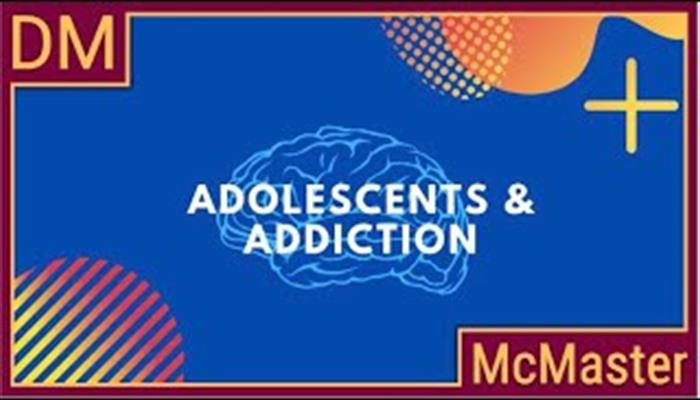Adolescents & Addiction

This video aims to explain addiction in adolescents as presented by the National Institutes of Health seminar on Brain Development in Adolescent and Addiction Risks and the use of Digital Phenotyping to predict addictive behaviours.
During the developmental period of adolescence, children start learning more about theirs likes and dislikes and how to fit in with their peers. This time in their lives is heavily influenced by experimentation. Experimentation may include the use of drugs and other illicit substances.
There are two main factors that contribute to addictive behaviors, these include: biological and environmental factors. Both factors influence how addictive behaviors are formed in children at an early age. Everyone has a unique biology – their genes and physiological sensitivity to illicit substances play a role in their risk of developing an addiction and thereby, abusing substances. Secondly, the environmental factors, such as low household income, poor quality of education, parental neglect and abuse can all lead to increased stress in the life of adolescents.
A new and emerging way to study addictive behaviours is via digital phenotyping. Using smartphone devices is proving to be an effective way to extrapolate data about addictive behaviours.
This video aims to explain addiction in adolescents as presented by the National Institutes of Health seminar on Brain Development in Adolescent and Addiction Risks and the use of Digital Phenotyping to predict addictive behaviours. Please reach out to a trusted individual if you are experiencing any addictive behaviours and consult your healthcare provider for information about your health.
Please see original NIH seminar here: https://www.youtube.com/watch?v=4zusM…
Subscribe to the McMaster Demystifying Medicine YouTube channel: https://www.youtube.com/c/Demystifyin…
This video is provided for general and educational information only. Please consult your health care provider for Information about your health.
[Please complete our feedback form]
